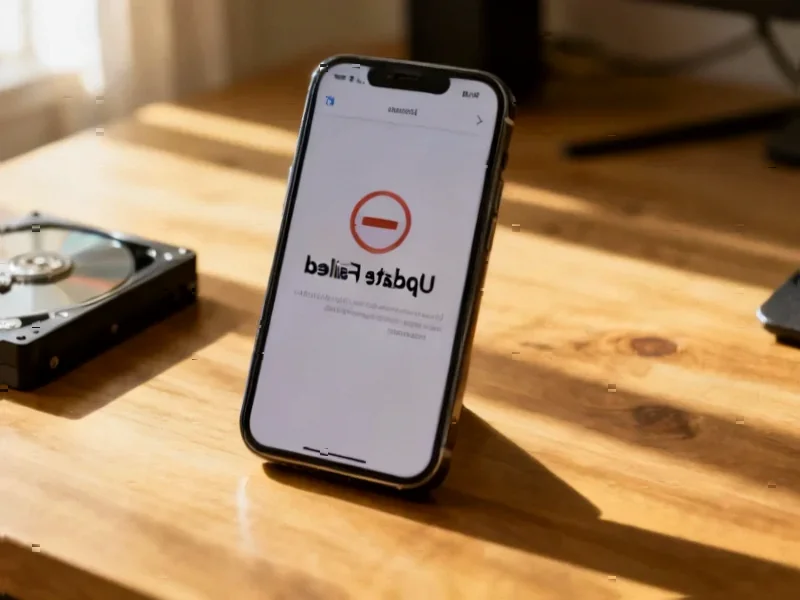According to 9to5Mac, WhatsApp is rolling out a significant update for Mac users that introduces 38 color options for chat customization, bringing feature parity with the iOS version. The update, first spotted by WABetaInfo, includes 22 preset color options plus customizable color and brightness settings, allowing users to create consistent visual styles across message bubbles and backgrounds. Users can apply themes globally or to individual chats and combine solid colors with subtle design elements, though notably themes don’t sync between devices. The feature is gradually rolling out to all users in the coming weeks and can be accessed through Settings > Chats, marking a substantial visual customization upgrade for desktop WhatsApp users.
The Desktop Parity Strategy Shift
This update represents more than just cosmetic changes—it signals Meta’s strategic shift toward treating desktop applications as first-class citizens rather than secondary platforms. For years, WhatsApp’s desktop and web applications lagged significantly behind mobile in both features and performance. The introduction of sophisticated customization options that match mobile functionality indicates a maturation of WhatsApp’s desktop development approach. This aligns with broader industry trends where users increasingly expect seamless experiences across all their devices, especially as hybrid work environments make desktop messaging more critical than ever.
Enterprise and Professional Implications
The ability to customize chat themes per conversation has significant implications for business users. Professionals can now color-code conversations by project, client importance, or urgency directly from their desktop workflow. This visual organization system could enhance productivity for users managing multiple business conversations simultaneously. However, the lack of theme synchronization between devices creates a potential workflow disruption—a color-coded system on Mac won’t translate to mobile, forcing users to maintain separate organizational systems. According to WABetaInfo’s detailed analysis, this intentional design choice might reflect technical limitations in WhatsApp’s current synchronization architecture.
Competitive Messaging Landscape
WhatsApp’s desktop feature catch-up comes at a crucial time as messaging platforms increasingly compete on cross-platform experience quality. While Apple’s iMessage maintains seamless synchronization across devices, and Slack/Teams dominate workplace organization, WhatsApp’s strength has always been its mobile-first approach. By enhancing desktop customization, Meta is addressing a key weakness against competitors who’ve long offered robust desktop experiences. The timing suggests preparation for increased enterprise competition, particularly as industry observers note growing business messaging adoption post-pandemic.
User Experience Evolution Challenges
The implementation reveals ongoing challenges in WhatsApp’s platform strategy. The separate theme settings for desktop and mobile create a fragmented experience that could confuse users expecting consistency. This approach differs significantly from platforms like Telegram, which maintain synchronized customization across devices. The gradual rollout strategy, while standard for WhatsApp updates, means users will experience inconsistent feature availability across their networks. As platform coverage demonstrates, such staggered deployments can create user confusion when some can access new features while others cannot.
Future Development Trajectory
Looking forward, this update suggests WhatsApp’s desktop team is prioritizing visual and user experience improvements, which could precede more substantial functional upgrades. The attention to customization details indicates resources are being allocated to polish rather than just core functionality. However, the continued lack of synchronization between devices highlights fundamental architectural challenges that may limit future feature parity. For power users and businesses, this creates a decision point—whether to invest in WhatsApp’s evolving but still fragmented desktop experience or stick with more mature cross-platform solutions.




